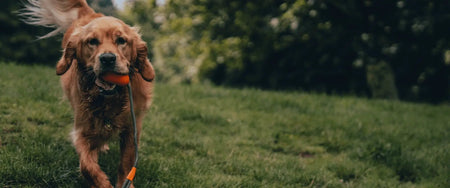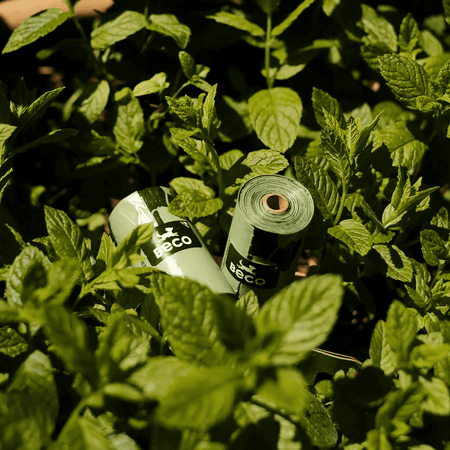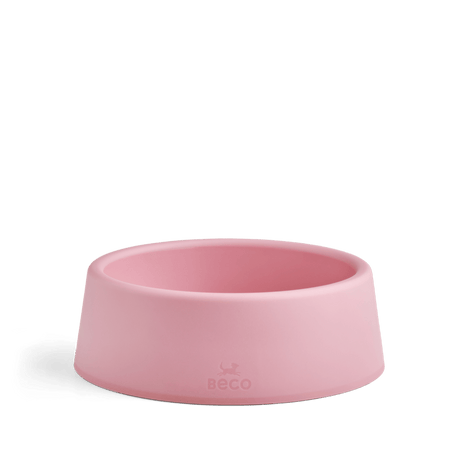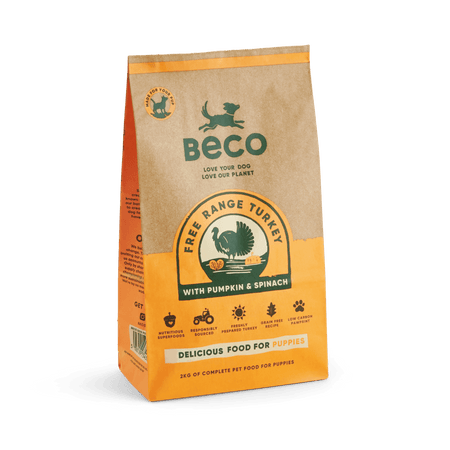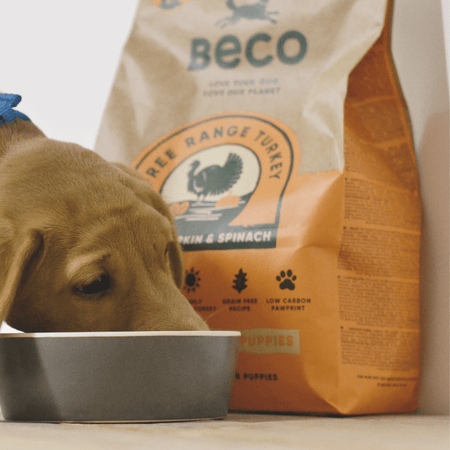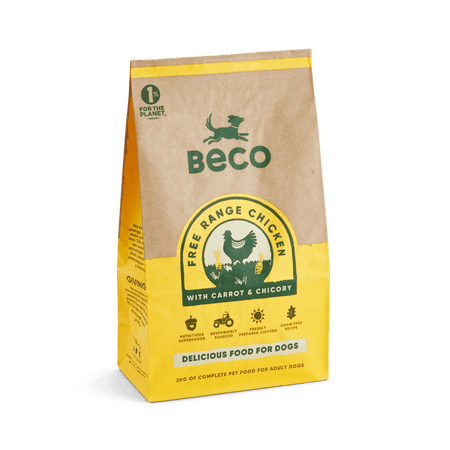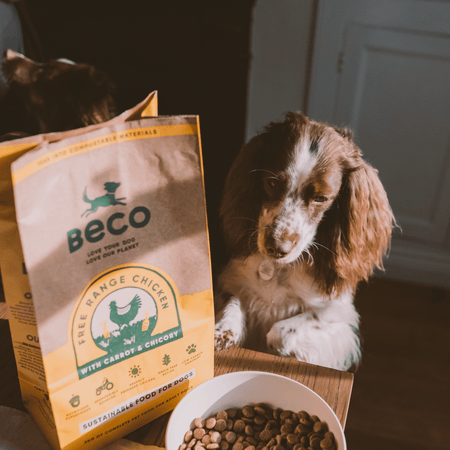Is your dog avoiding their food bowl like it's a trap? This frustrating habit has many dog owners wondering why their pups are suddenly so picky.
The truth is, bowl aversion can stem from a variety of causes – health issues, anxiety, or even environmental factors.
We’ll look into the reasons behind this behaviour and how you can fix it for good.
- Medical issues like dental pain or neck discomfort can make eating from bowls uncomfortable.
- Bowl material, height, location, and cleanliness significantly impact your dog's willingness to eat.
- Fear associations from negative experiences can create lasting bowl aversion behaviours.
- Simple changes like bowl elevation, material switching, or location adjustments often solve the problem.
Bowl Aversion in Dogs
When dogs refuse to eat directly from their feeding bowls but will eat from other surfaces, it indicates a behaviour known as bowl aversion. This issue can affect dogs of all ages and can develop suddenly or gradually over time.
The causes of bowl aversion are often multifaceted, involving behavioural, environmental, and health-related factors.
Behavioural and Psychological Factors
Fear and anxiety are significant contributors to feeding reluctance. Negative associations with food bowls due to past experiences, such as loud noises during mealtime, can lead to lasting aversion.
Environmental Influences
The material, design, and placement of feeding bowls can influence eating behaviour.
Dogs may have aversions to certain materials like metal, which can produce reflections or noises.
The feeding environment itself, including location and bowl height, can also impact comfort and willingness to eat.
Medical and Health Considerations
Physical discomfort, such as dental or neck pain, can make eating from a bowl painful.
Additionally, food quality and any changes in diet can affect a dog's enthusiasm for bowl feeding.
Effective Solutions for Bowl Aversion
Training and Behavioural Modification
Counterconditioning involves creating positive associations with the food bowl. Using high-value treats and gradually introducing regular food can help build these associations.
Environmental and Feeding Adjustments
Experimenting with different bowl materials and positions can make a difference. Elevated feeders, puzzle feeders, and alternative feeding methods like snuffle mats may also help.
Medical Interventions and Nutritional Adjustments
Consult a veterinarian to rule out medical issues if your dog suddenly refuses their bowl.
Ensure that they are eating high-quality, nutritionally appropriate food to increase meal appeal.
Frequently Asked Questions
How long does it typically take to retrain a dog with bowl aversion using positive reinforcement?
Most dogs show improvement within 1-2 weeks of consistent positive reinforcement training, though severe cases may take 4-6 weeks for complete resolution.
Can bowl aversion develop suddenly in older dogs who've never had issues before?
Yes, sudden bowl aversion in older dogs often indicates an underlying medical issue like dental disease or arthritis and warrants a veterinary examination.
Is it okay to hand-feed my dog long-term if they refuse to eat from bowls?
While hand-feeding is acceptable temporarily, long-term it can create dependency. Focus on resolving the underlying bowl aversion for your dog's independence and your convenience.
Are certain dog breeds more prone to developing bowl aversion?
While not breed-specific, dogs with brachycephalic (flat) faces, sensitive necks, or anxiety-prone breeds may be more susceptible to developing bowl aversion.
Conclusion
Bowl aversion in dogs can be frustrating, but it’s important to understand the multiple factors at play.
Whether it’s a health issue, environmental discomfort, or a psychological barrier, taking the time to address these underlying causes can lead to positive changes in your dog’s eating habits.
From switching materials to elevating the bowl or even providing new feeding methods, small adjustments can make a big difference.
Ready to make mealtime enjoyable again? Shop our dog bowl designed for comfort and ease, or consider our grain-free dog food for a healthier, more appetising option.








